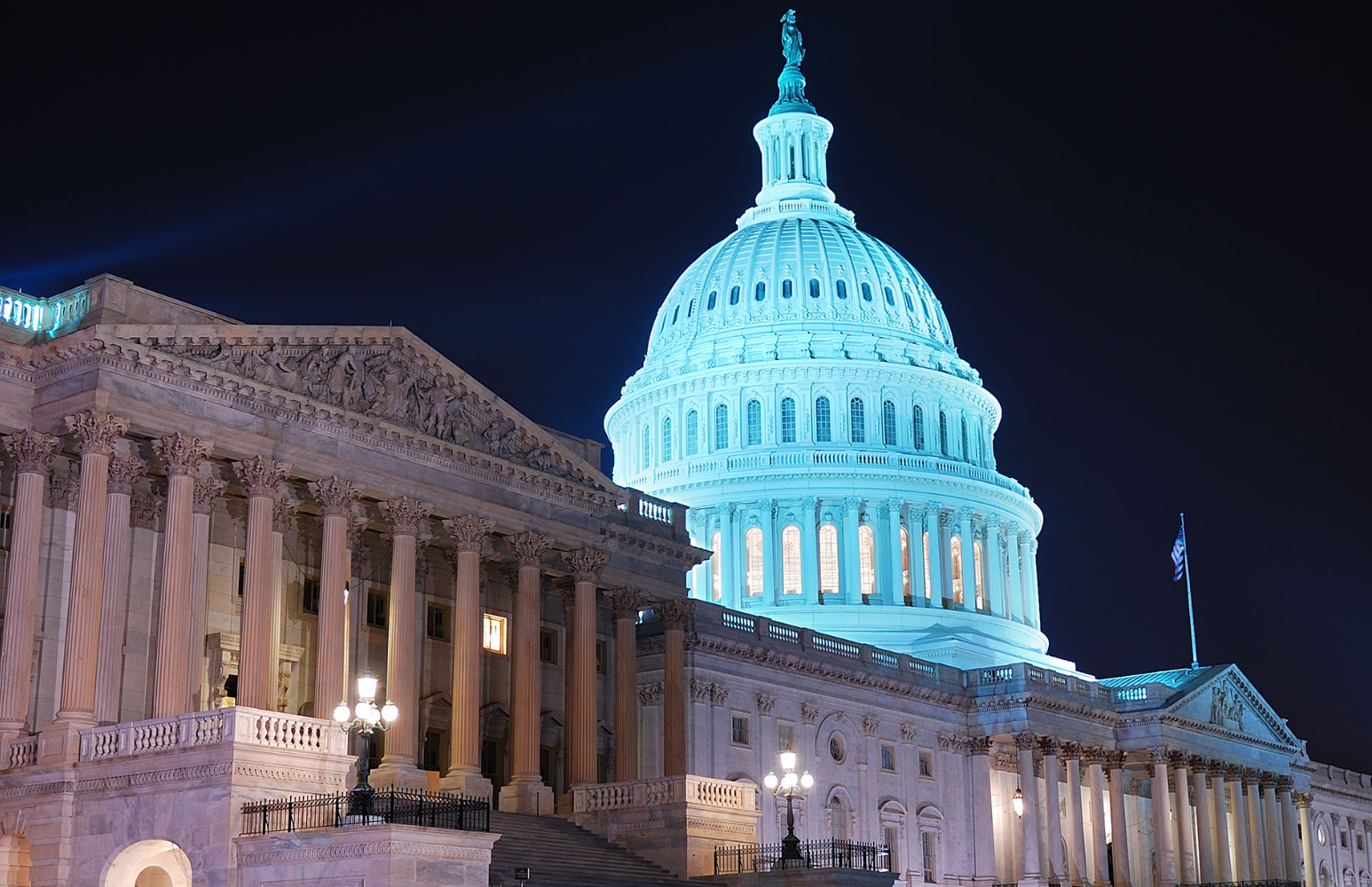Nonprofits can claim a few victories in COVID relief legislation approved by Congress last month, including a universal charitable deduction extending into 2021, in addition to some $320 billion available in various funding vehicles.
The Omnibus Appropriations and Emergency Coronavirus Relief Act re-establishes a $300 above-the-line deduction — allowing a $600 deduction for couples filing jointly — and extends for one year the increased limits on deductible charitable contributions for individuals who itemize and for corporations.
The Small Business Administration (SBA) will administer another round of the Paycheck Protection Program (PPP) totaling $284 billion, in addition to $15 billion dedicated for shuttered venues through the Save Our Stages (SOS) program, and $20 billion for Economic Injury Disaster Loans (EIDL).
Grants of up to $10 million are available for performance venues, independent movie theaters, and cultural institutions through SOS, with $2 billion of the $15 billion reserved for persons or entities with 50 full-time employees or less. Organizations that received a forgivable loan from the PPP in 2020 must choose whether to receive an SOS grant or a PPP loan in 2021.
The National Council of Nonprofits in Washington, D.C., had sought to extend the eligibility of PPP to nonprofits of all sizes and lift the loan cap. PPP eligibility was extended to associations, 501(c)(6) organizations. The second round of PPP funds are available to employers that have 300 or fewer employees and can demonstrate at least a 25-percent reduction in gross revenues between the same quarters in 2020 and 2019. The maximum loan amount will be $2 million.
Forgivable expenses for PPP loans will expand to include personal protective equipment (PPE), covered supplier costs, facilities modifications, and covered worker protection expenditures. The forgiveness application process for loans of up to $150,000 will be simplified, requiring only a one-page form attesting that organizations complied with the terms of the CARES Act PPP provisions.
Organizations would be eligible for loans of 2.5 times their average monthly payroll based on either 12 months prior to applying for the loan, or 2020 or 2019 calendar years.
It’s still unclear whether nonprofits can apply for both PPP and SOS funding but accept only one, Heather Noonan, vice president, advocacy, at the League of American Orchestras, said during a webinar last week by the National Council of Nonprofits.
“It isn’t clear whether you can hedge your bets by applying for both, but only receiving one of them. We think you should be able to at least do the paperwork for both so long as you don’t ultimately get money from both,” said David L. Thompson, vice president of public policy for the National Council of Nonprofits.
Organizations must show a 25-percent decline in gross earned revenue in one calendar quarter of 2020, compared with the same quarter in 2019. Organizations may not be eligible if two or more of the following apply to them: they have more than 500 full-time employees; or own or operate entities in more than one country; or own or operate entities in more than 10 states. Exclusions also include those that issue securities listed on the national securities exchange and organizations may not receive more than 10 percent of their 2019 funding from federal sources, excluding disaster relief.
With respect to nonprofits, the legislation also will extend until March 14 the federal coverage of the costs of self-insurance “reimbursable” employers. Nonprofits had sought an extension in 2021 and 100-percent federal coverage for unemployment insurance and self-insured employers, according to the national council.
The Employee Retention Tax Credit (ERTC) will be extended through July 1, improving the refundable payroll tax credit by reducing the amount of required year-over-year decline in gross receipts from 50 percent to 20 percent. It increases the credit from 50 percent to 70 percent of workers’ “creditable wages” of up to $10,000 for each of two quarters, according to the national council. The maximum per worker benefit is $14,000.
The full benefit will be expanded to all employees of organizations with less than 500 employees. Larger employers can apply the credit only to workers who are paid but are not working. Employers that receive PPP loans may still qualify for the ERTC with respect to wages that are not paid for with forgiven PPP proceeds.
Refundable tax credits for paid sick and family leave established in last spring’s Families First Coronavirus Response Act will be extended through March. A 12.5-percent tax credit for paid family and medical leave originally enacted in the 2017 Tax Cuts and Jobs Act (TJCA) will be extended through 2025.
The Economic Injury Disaster Loan (EIDL) will be available for small employers located in low-income communities that have suffered economic loss of greater than 30 percent, and employ 300 or fewer employees. The maximum will be $2 million and organizations must have experienced a drop of 25 percent in gross receipts in any quarter in 2020 versus the same quarter in 2019. Program requirements are the same: a minimum of 60 percent payroll expenses and 40 percent maximum for non-payroll eligible expenses. Emergency EIDL grants were extended through 2021.
Editor’s note: This article was updated to correct the eligibility for SOS funding.
